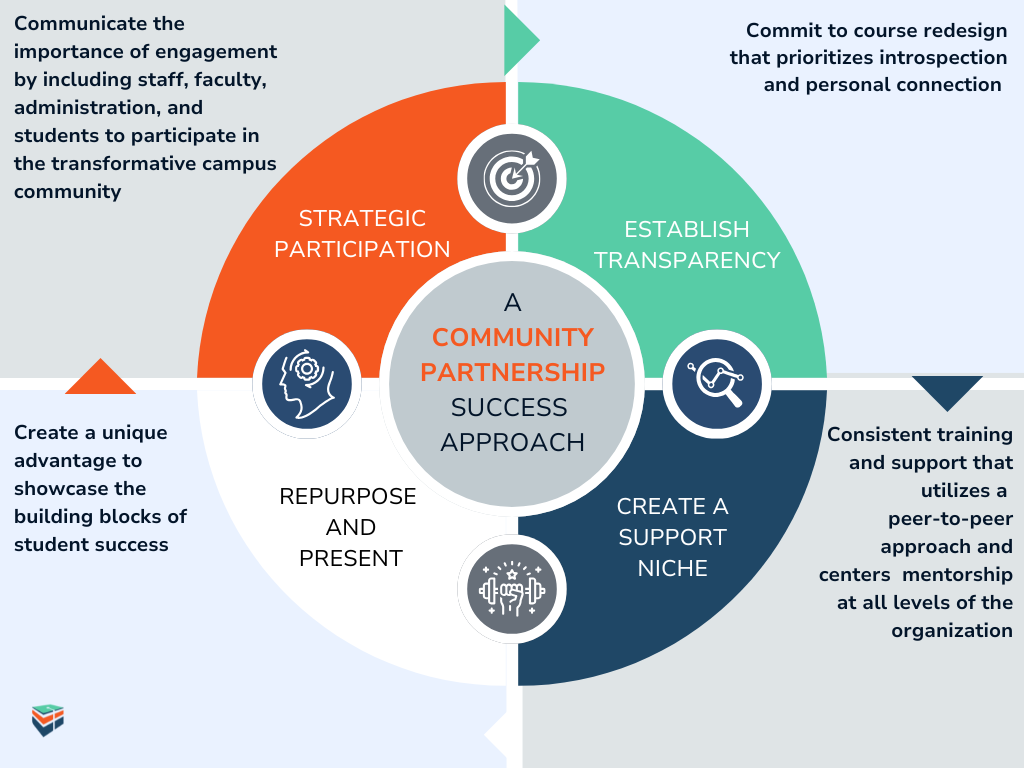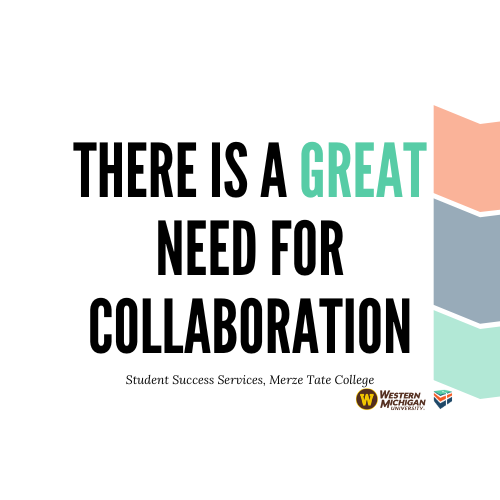Cultivating Strong Relationships between Student Success Services and Faculty Support
“It was John Gardner who put the idea in my mind, that opening up and working with faculty could help us become really good partners,” Katie Easley, Director of Student Success at Western Michigan University, said recalling the early stages of joining the Curricular Analytics Community at the Gardner Institute. Easley added, “There [was] sort of a ridiculous and unnecessary divide between faculty and staff, even though we have the same goals. Now there is mutual understanding to work together for the good of our students.”
Katie Easley and Adrienne Redding, faculty fellow and English department specialist at Western Michigan University (WMU) worked together to create a dynamic approach using the multiple initiatives that WMU has seen over the years. The strategic plan for the future comes alongside the University President’s speech, focusing on three key themes— removing obstacles in education, improving graduation rates, and creating better opportunities for students on campus. (Ludy, 2023b).
Easley and Redding’s goals are to help foster the University’s vision through transformation by shifting the traditional methods of course reform into an innovative and collaborative culture of its own. According to Easley, “My goal is to change the culture at the University.” Creating niche support systems and partnerships that allow faculty to see themselves as critically important to student success will not only improve student outcomes and learning but also increase retention and graduation rates.
The Power of Alliance
There have been major talks at WMU to increase graduation rates and student retention. Katie Easley and Adrienne Redding represent students, faculty, and staff at the University. Their collective work with the Gardner Institute began with the Gateway to Completion cohort and shared success in the Courses and Curricula in Urban Ecosystems programs. The Curricular Analytics Community proved to be a pleasant addition that introduced the participants to the curricular complexity maps. Katie Easley stated, “We are really starting to tap into the power of the curricular analytics tools with our current cohorts and courses that we are working with.”
Redding added, “There is value in opening up and taking conversations in different directions while having transparency with the course design process within your department. It can be a scary thing to do, but it provides an understanding of how [beneficial] it is to work together as a community…It is very different from my last 20 years of experience from putting my course together without speaking to anyone about it. But again, that is the value of creating community, it is eye-opening.”
The rewards of completing the multiple cohort initiative have garnered attention and participation from faculty and committee members. Connections between merging academic courses and the Curricular Analytics Community are sparking material partnerships across departments. Easley stated,
“We are looking for ways to make it OK to come to Western [even if you do not have all of the pre-requisites] and not having to stay 7 years to get your undergraduate degree in engineering […] the expansion is adding another layer excitement as we see cross-pollination between the college of math and science and the College of Engineering.”
What has set WMU apart during the entire process is the perpetual determination to not limit who can come and be a part of the community. The partnership between student success and faculty support comes at a time when building these foundational skills will pave the way for all future participants to achieve. Adrienne Redding stated, “The identity of the faculty shifts from just being a professional who simply acts as a conduit or gatekeeper, guarding the information about their field to a person who is interested in how they teach and investing in student success.” Redding added, “Teaching excellence and skills is what will differentiate [us] in the job market.”

Key Insights
- Removing obstacles
- Higher Retention and Graduation Rates
- Improving Campus-wide support and engaement







